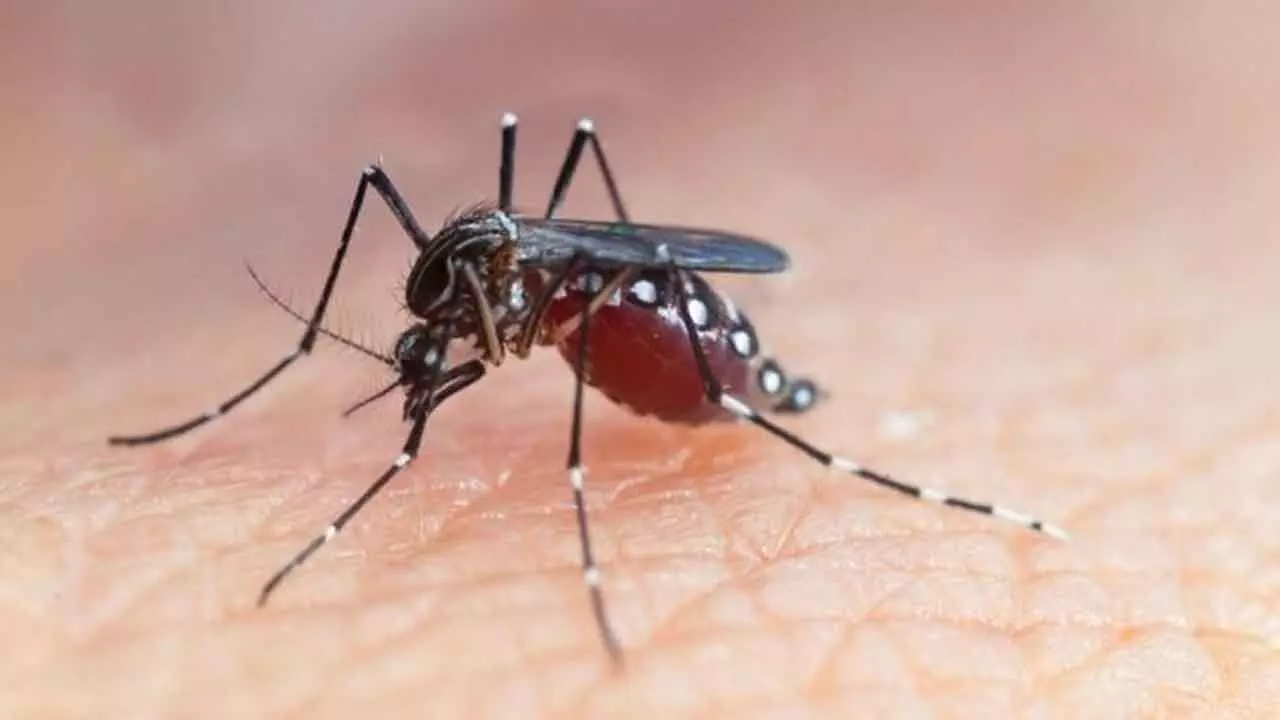India Ramps Up Mission To Eliminate Malaria By 2030
Key tactics include aggressive surveillance, universal access to diagnosis, treatment, and enhanced vector control
India Ramps Up Mission To Eliminate Malaria By 2030

To translate its malaria elimination vision into actionable outcomes, India has adopted a comprehensive, evidence-driven strategy. This approach integrates disease management, vector control, and community-driven interventions to ensure lasting impact and inclusive health coverage.
Global burden of malaria
According to the World Malaria Report, the estimated number of malaria deaths stood at 5 lakhs 97 thousand in 2023, compared to 6 lakhs in 2022. In 2023, the 11 HBHI countries were responsible for 66 per cent of global malaria cases and 68 per cent of deaths.
India’s commitment and national goals
India remains steadfast in its commitment to eliminate malaria by 2030, with the intermediate target of zero indigenous cases by 2027. The strategic roadmap for this mission is guided by:
• The National Framework for Malaria Elimination in India (2016–2030) outlines the vision, goals, and targets for phased malaria elimination.
• The recently launched National Strategic Plan for Malaria Elimination (2023–2027) builds upon earlier frameworks and aligns with the WHO Global Technical Strategy for Malaria 2016–2030.
Strategies for elimination of Malaria
• Malaria surveillance as a core intervention for malaria elimination.
• Ensuring universal access to malaria diagnosis and treatment by enhancing and optimizing case management – ‘testing, treating and tracking.’
• Ensuring universal access to malaria prevention by enhancing and optimizing vector control.
• Accelerating efforts towards elimination and attainment of malaria –free status.
• Promoting research and supporting the generation of strategic information for malaria elimination and prevention of re-establishment of malaria transmission.
Other supportive interventions
• Behaviour Change Communication (BCC) for community mobilization. This includes mass media campaigns, community engagement, and leveraging local influencers.
• Inter-sectoral convergence involving various ministries and stakeholders to address the socio-economic and environmental determinants of malaria.
• Capacity building: Over 850 health professionals trained in 2024 and conducting studies on insecticide resistance and therapeutic efficacy.
• The National Framework for Malaria Elimination (NFME) 2016–2030 categorizes regions by malaria prevalence, with Category 3 – Intensified Control Phase targeting high-burden areas. This phase focuses on aggressive disease control, district-level planning, and specific strategies for P. vivax, supported by robust systems and resources to move towards elimination.
• Intensified Malaria Elimination Project-3 (IMEP-3) targets 159 high-burden districts across 12 states, focusing on malaria-prone and vulnerable populations to accelerate elimination efforts.
• Funding supports key interventions such as LLIN distribution, entomological surveillance, and data-driven monitoring systems to ensure sustained impact.
• Integration of malaria services under Ayushman Bharat and delivery through Ayushman Arogya Mandirs and Community Health Officers.
Prime Minister Narendra Modi had lauded the community-led malaria control as a key driver in the 117th edition of the Mann Ki Baat programme on December 29, 2024. These examples highlight the power of grassroots action in achieving a malaria-free India.
India stands at a defining moment in its public health journey, transforming from a high-burden nation to a global exemplar in malaria control. This progress has been made possible through science-led strategies, resilient health systems, and the power of people’s participation. As the nation advances towards eliminating indigenous malaria by 2027 and achieving full eradication by 2030, the call to action is clear: we must reinvest in innovation, reimagine community partnerships, and reignite collective resolve. Under the banner of “Malaria ends with us” every effort counts—because a malaria-free India is not just a goal, but a shared responsibility.

